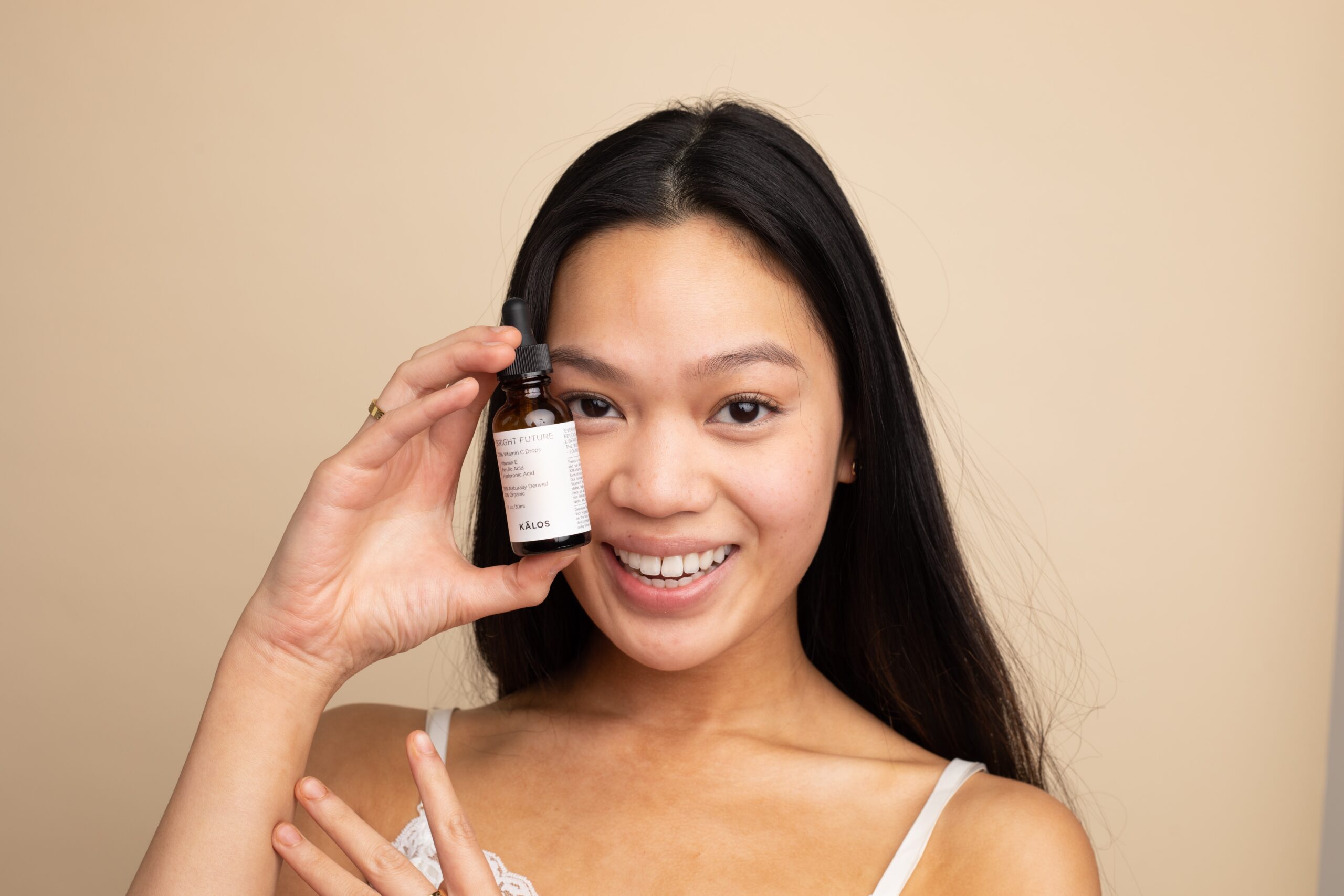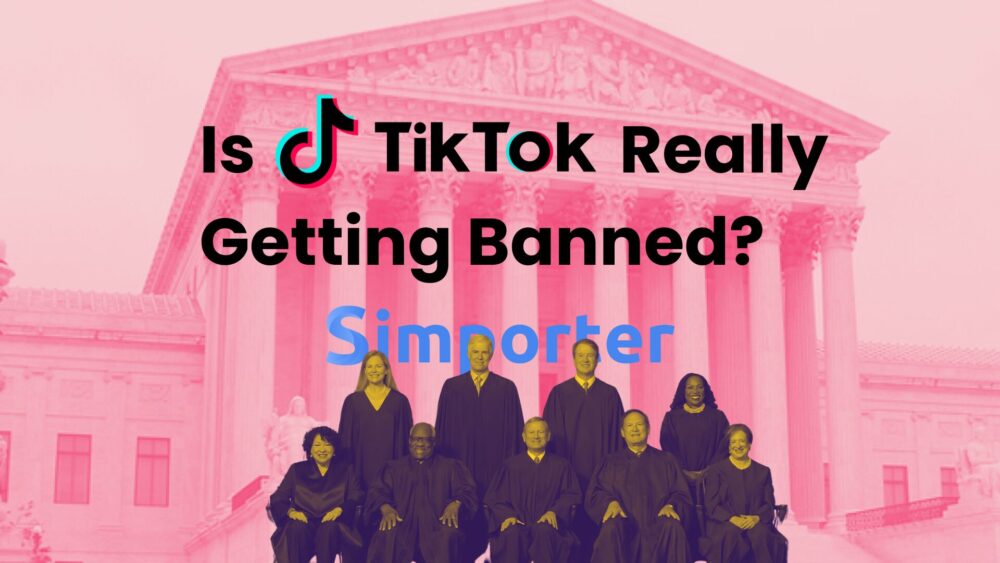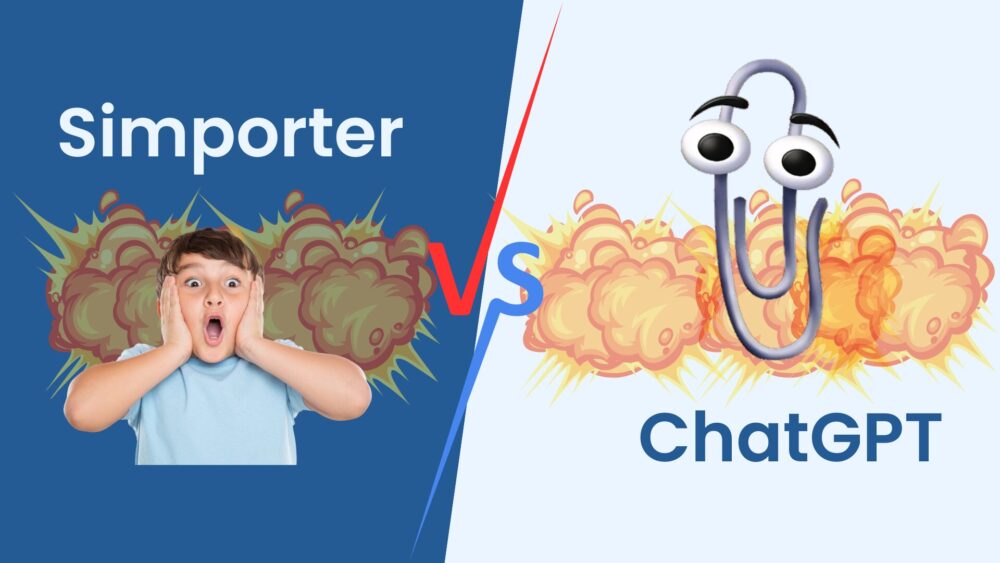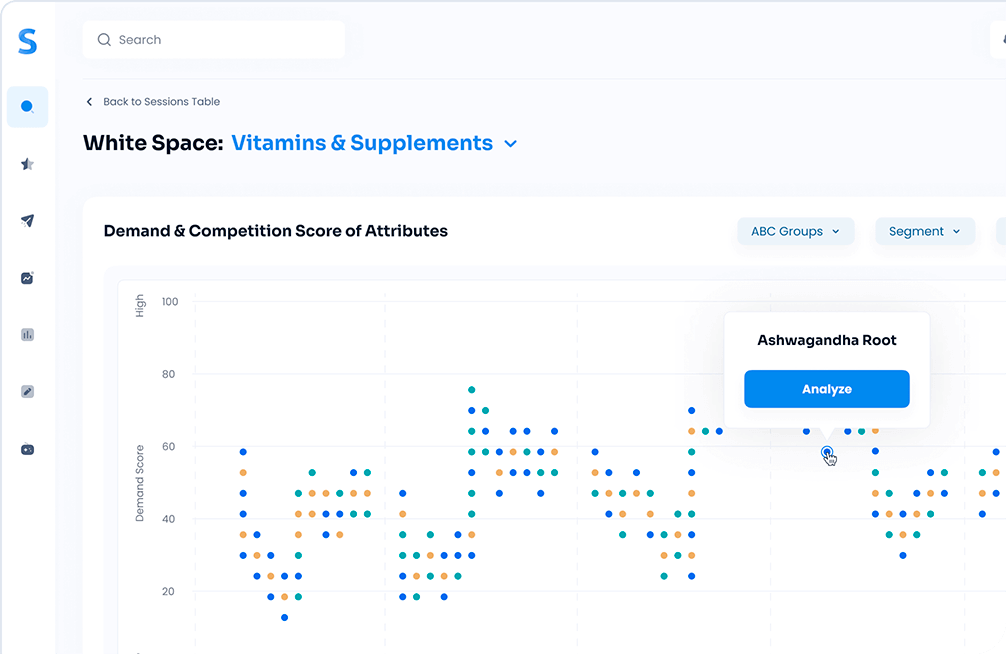There are a lot of skincare ingredients out there. Some are more popular than others, and some are more ubiquitous. But when an ingredient is used in many different products, it can start to feel overwhelming, and consumer passion can swing negatively.
When an ingredient’s been around for a while, it can also become less unique. If everyone is using it, it’s not as much of a status symbol or differentiator. In fact, it can even become a turnoff. And sometimes, an ingredient can become so pervasive that people continue to demand it, even when they’re unhappy with it. However, this only lasts until people start to move on.
So, how can your brand stay ahead of fading consumer passion? We leveraged our AI White Space tool to identify ingredients we predict will lose buzz in 2023. If you’re using any of these ingredients in your products, consider finding new ways to describe them, or even replacing them altogether. Here are a few ingredients to watch out for:
Essential Oils
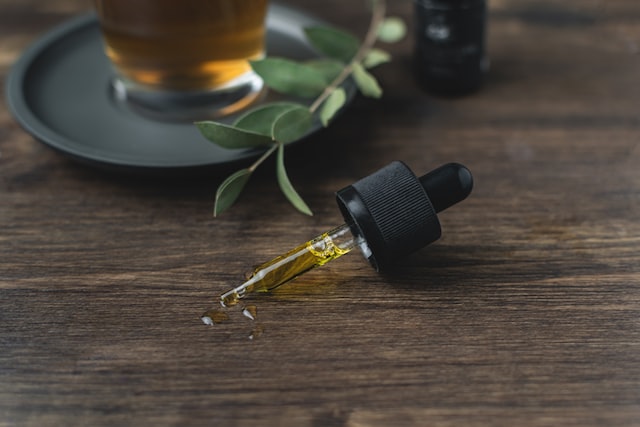
Essential oils have been used in many different skin care products for their scent, healing properties, and more. But as the market has become more saturated with products containing essential oils, some consumers have become turned off. Our analysis predicts a very negative consumer passion around this ingredient with average competition.
When it comes to essential oils, there have been some poorly executed products on the market. And when products don’t perform well, it can reflect poorly on the ingredient as a whole. So, it’s crucial to ensure that if you’re using essential oils in your products, they’re high quality and effective, like those in Kiehl’s products.
Consider finding new ways to describe essential oils in your products. For example, you could try using modifying language like “soothing” or “calming” instead of just “essential oil.” Or, consider replacing essential oils altogether with other ingredients that have similar properties.
Mica

Mica is a mineral commonly used in makeup and other cosmetics for its shimmery, light-reflecting properties. But as the market has become more saturated with Mica products, it shines less brightly in a sea of other skincare ingredients. In fact, our analysis predicts a very negative consumer passion around this ingredient with very low competition.
When it comes to Mica, a lot of the negative consumer sentiment is around the fact that it’s often found in low-quality cosmetics. Therefore, if you’re using Mica in your products, you must ensure they’re marketed well to your targeted audience. You may also want to consider promoting other features of Mica, like its natural origin, to appeal to buyers.
Eucalyptus and Tea Tree

Eucalyptus and tea tree oils are two other ingredients used in skincare products. But like essential oils, they’re also starting to lose consumer passion. Our analysis predicts a very negative consumer passion around these ingredients with relatively low competition.
Dial — part of the Henkel family of brands — offers several eucalyptus-focused skin care products like this Eucalyptus scent body wash. On the whole, consumers are bored with eucalyptus and tea tree oil. These ingredients have been around for a while, and consumers are ready for something new.
Dial is trying to find new ways to use eucalyptus to stay ahead of the curve. For example, they’ve released a line of “eucalyptus + mint” products that combine the ingredient with another, more popular one. This could be a good strategy for other brands as well. Your team could also consider replacing eucalyptus and tea tree oil with other ingredients that have similar properties. For example, peppermint oil could be an excellent alternative to eucalyptus oil.
Vanilla and Lavender

Vanilla and Lavender are two of the most ubiquitous ingredients in skincare products. They’re also two of the most polarizing. Our team predicts a very negative consumer passion around these ingredients with a low competitive score.
Some people love the smell of lavender, while others find it overwhelming. The same goes for vanilla. Because these ingredients are so polarizing, they may not be the best choice for your products. If you do use them, you’ll want to be very careful about the execution and marketing strategy. Consider promoting the benefits of vanilla and lavender in a way that appeals to as many people as possible.
Our Thoughts
When an ingredient becomes ubiquitous, it can lose its luster with consumers. If you’re using any of these ingredients in your products, consider finding new ways to describe them, or even replacing them altogether. Stay ahead of the curve by keeping an eye on emerging trends and being proactive about your product formulation and marketing tactics.
When marketing highly saturated ingredients, changing your messaging around ingredients with negative consumer passion is critical for success. Promote the ingredient’s benefits in a way that catches consumer attention and sets it apart from commonly held beliefs.
By understanding how your target consumers feel about a skincare ingredient, you can make more informed decisions about whether or not to use it in your products. Keep an eye on consumer sentiment around ingredients, and be prepared to change your product formulation and marketing strategy accordingly.
If you’re ready to see Simporter AI in action and learn what it can do for you, request a demo on our website for more insights on oral care trends. Predicting trends is just one way Simporter can help brands grow their business, so to learn more about how we can help you, please visit us at simporter.com.
